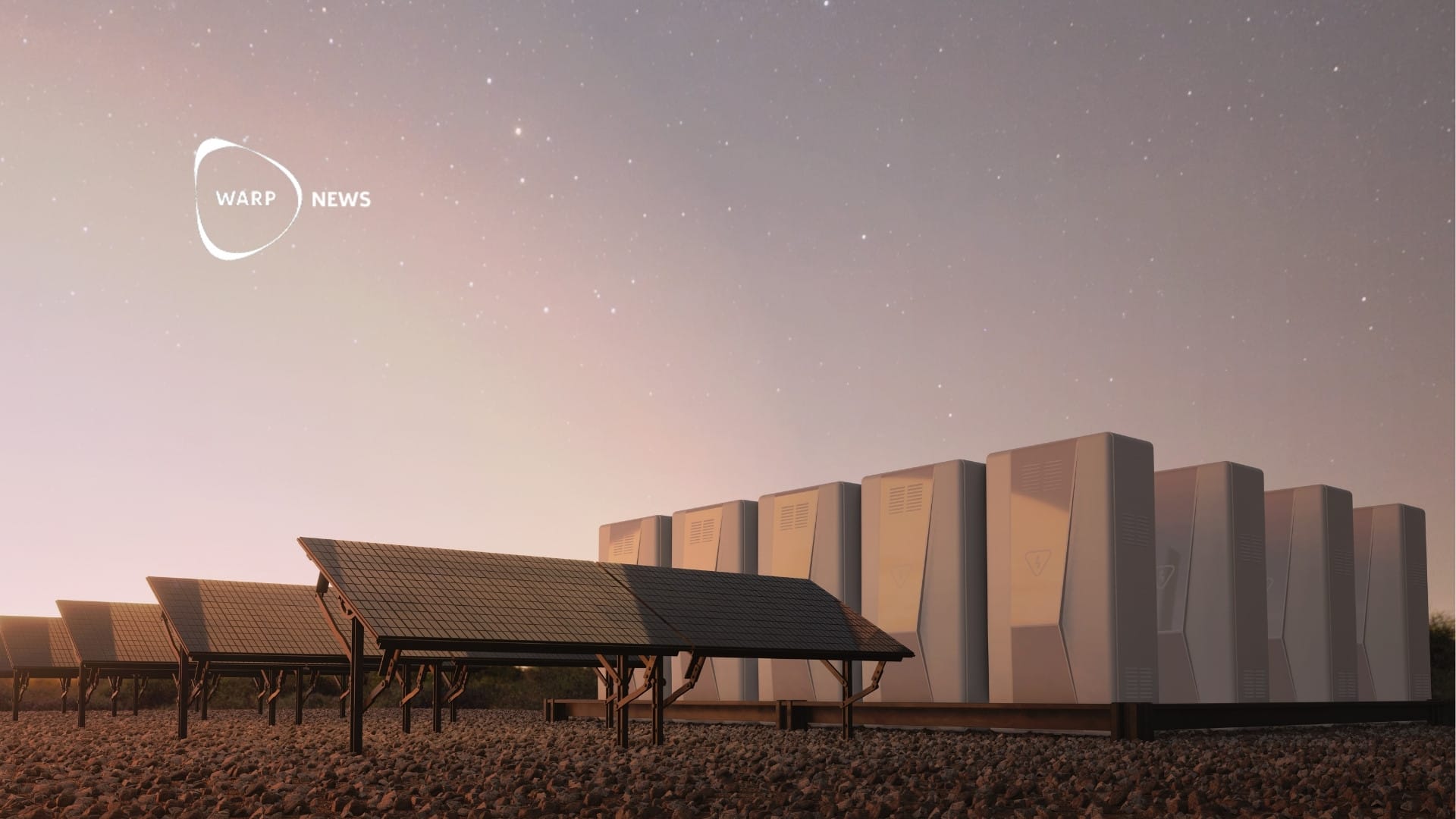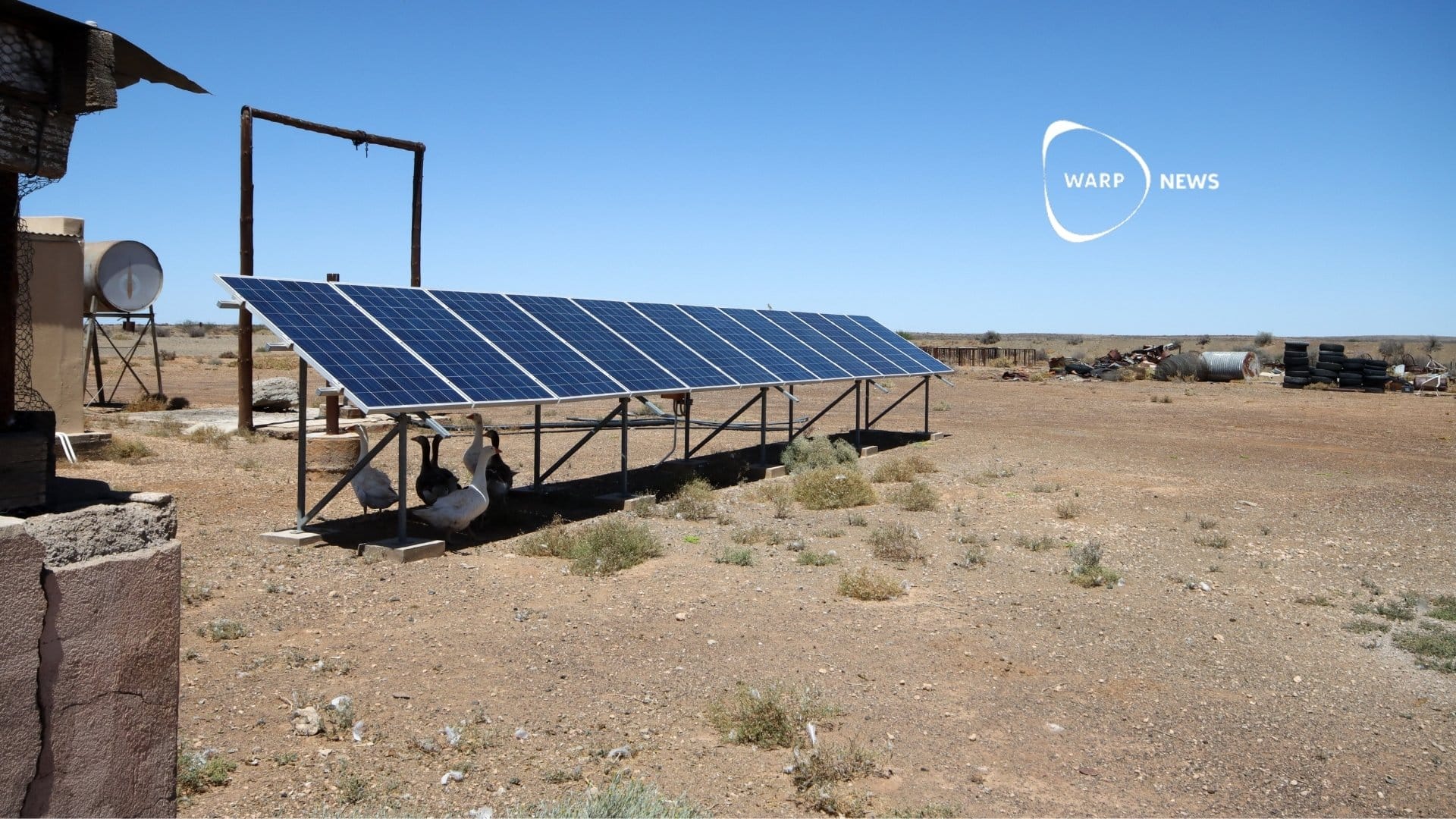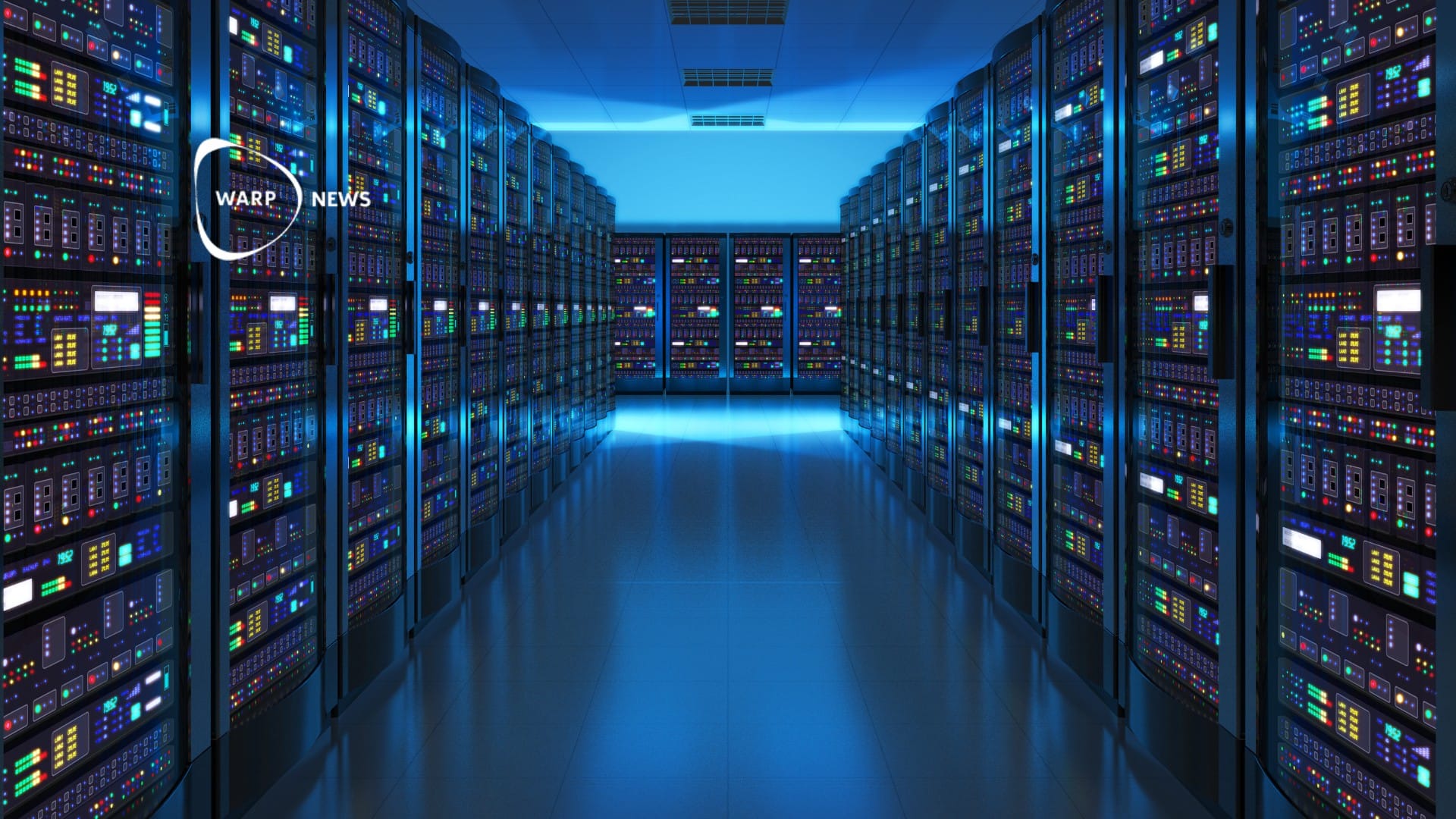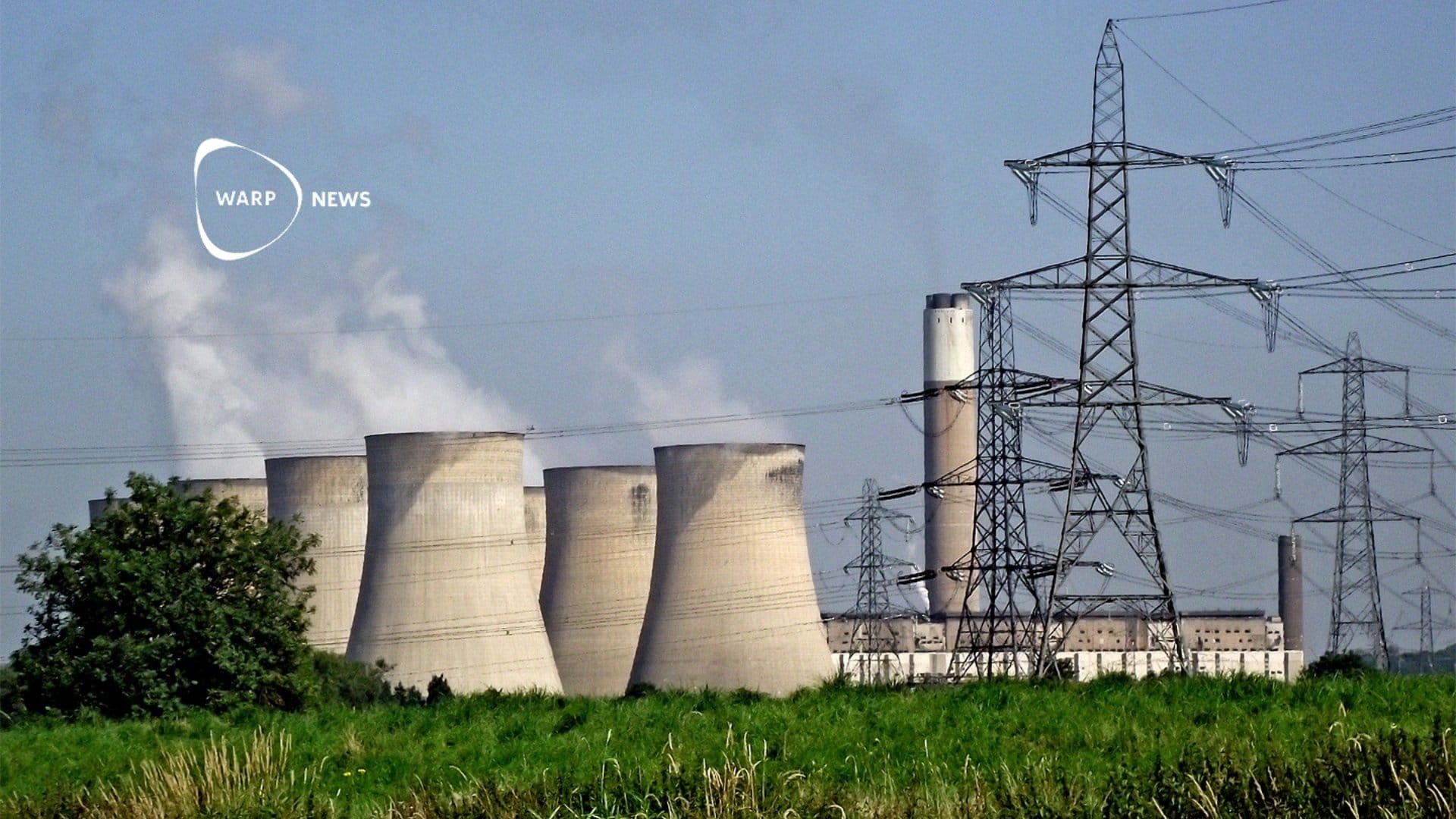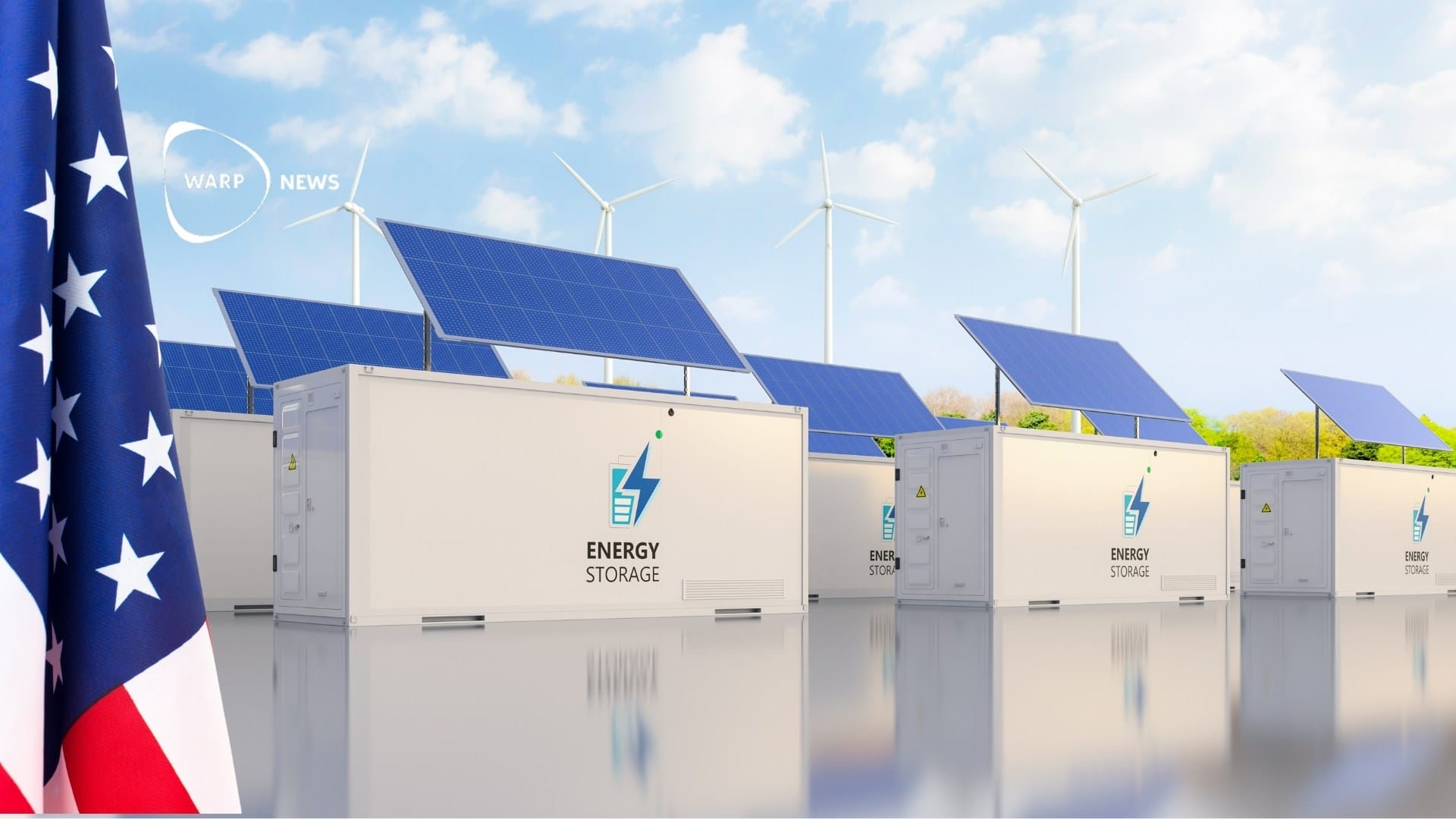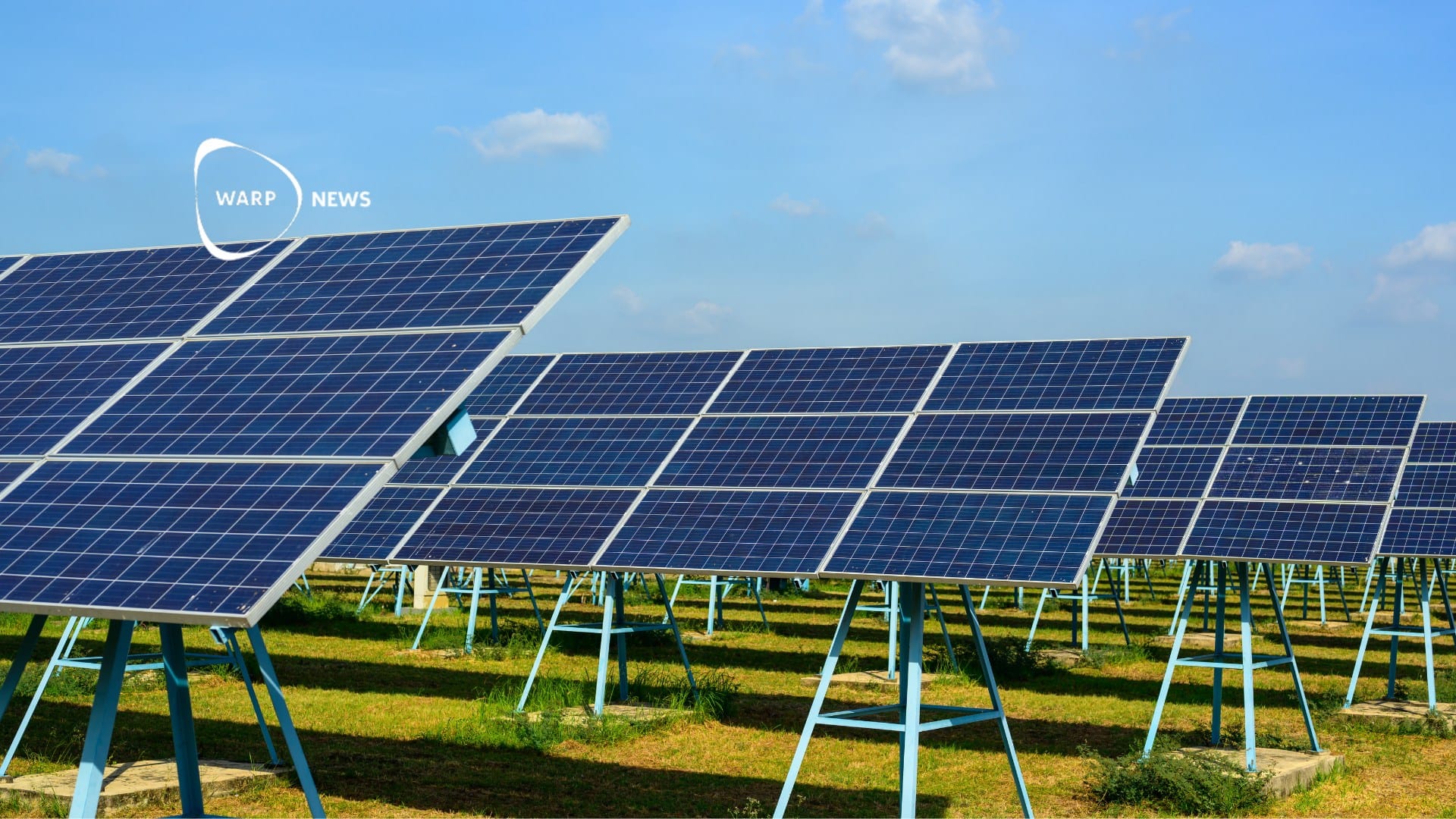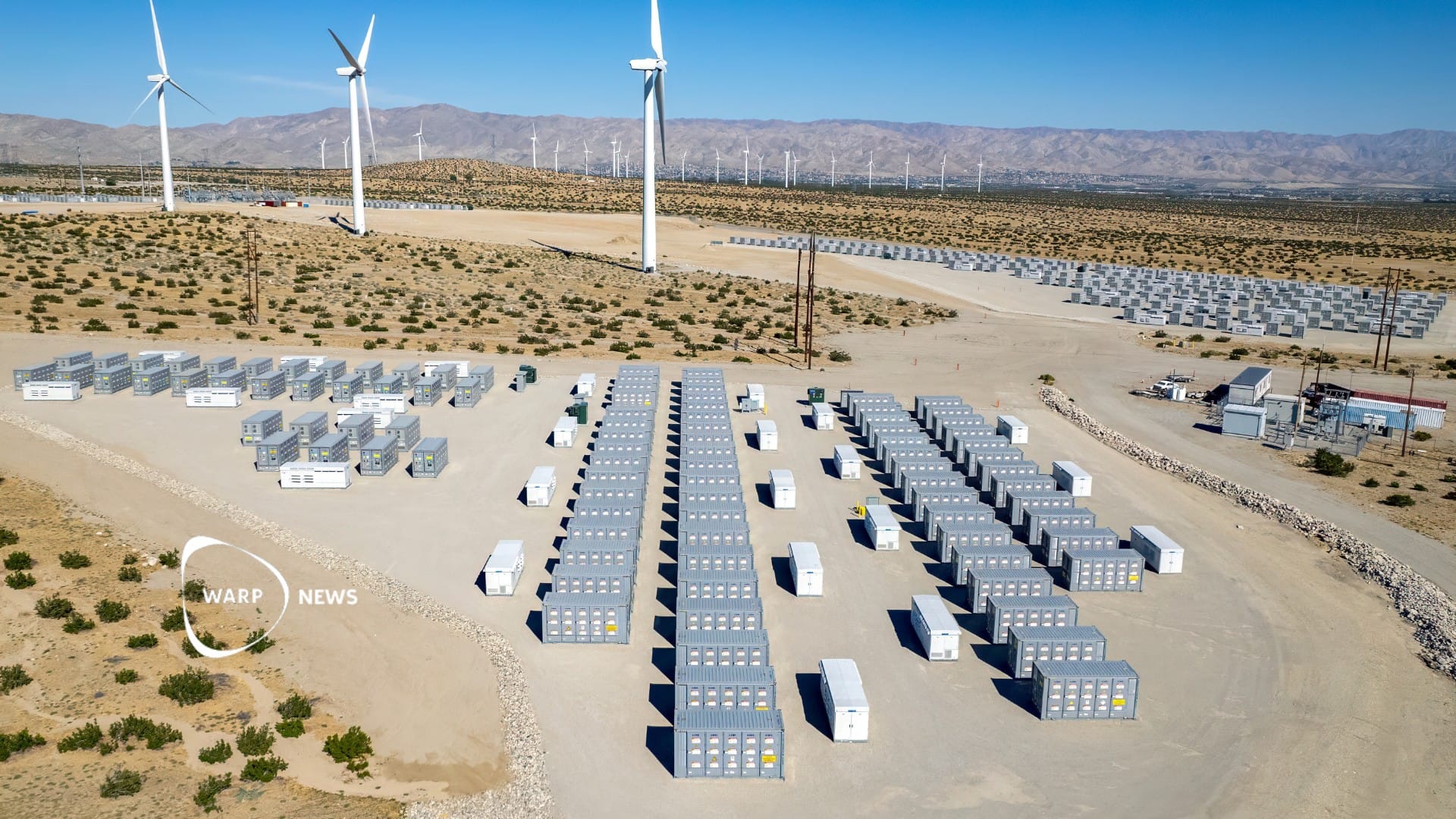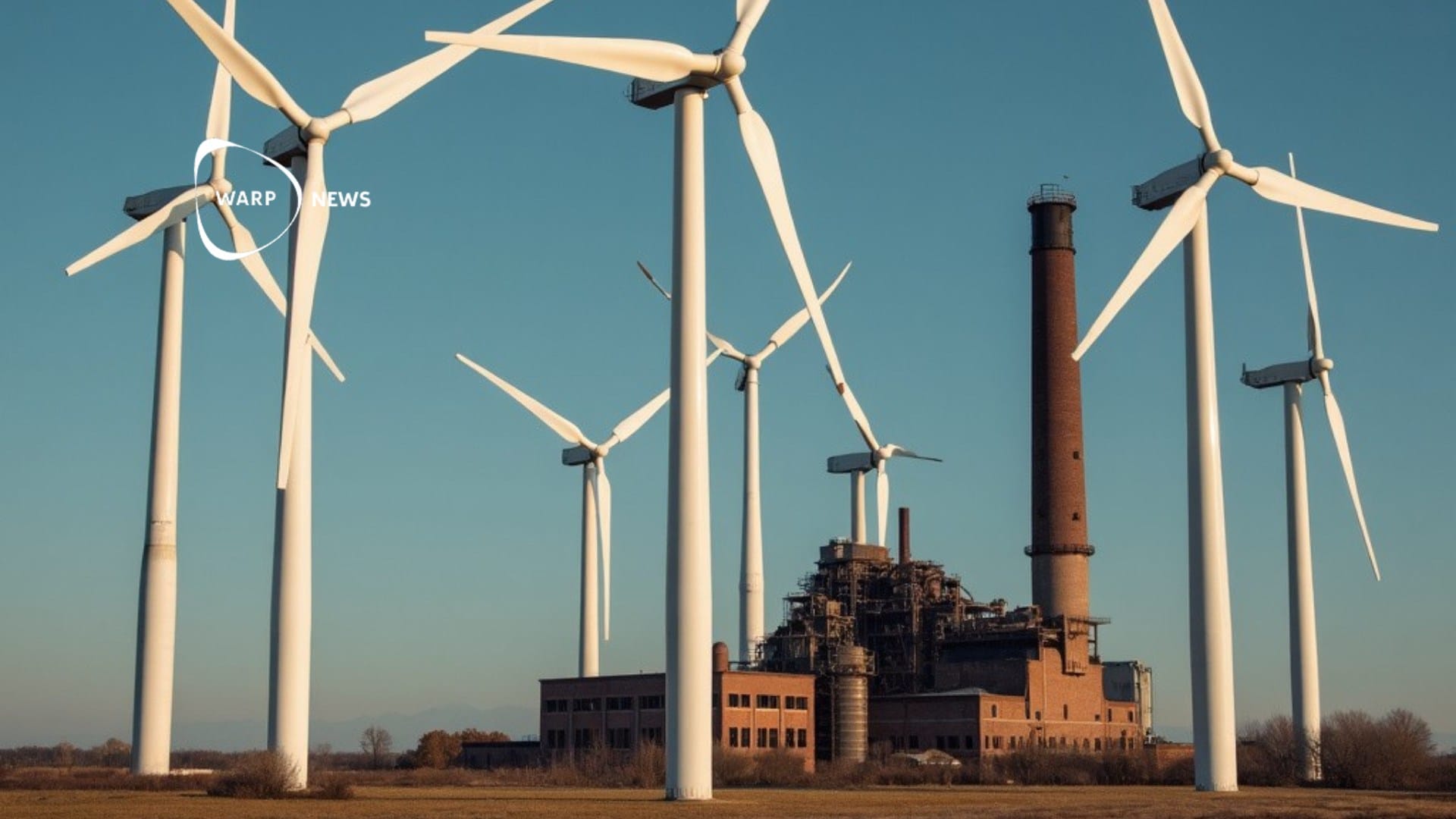⚡️ Energy
Energy production and consumption is becoming cleaner, cheaper and decentralized. With connected devices you as a consumer can take control of your energy consumption. Here you will also find content about batteries, smart grids, nuclear and other innovation in the energy field.
🔋 New battery technologies expand possibilities for renewable energy
Several new types of batteries are in development. Zinc-bromine flow batteries offer a safe and sustainable solution for energy storage. Organic flow batteries with solid materials increase storage capacity compared to conventional flow batteries.
🌍 Plan to provide 300 million Africans with access to electricity
Mission 300 is the name of the plan to provide 300 million Africans with access to electricity by the end of 2030. A total of 90 billion dollars is needed to succeed. The World Bank and African Development Bank are contributing 30 billion dollars.
⚡ Complaining about new technologies' energy use is starting at the wrong end
Instead of complaining about the energy consumption of new technologies, like AI, we should start at the other end and make old technologies more efficient.
❌ UK closes last coal power plant - end of a 142-year era
The UK will close its last coal power plant in October 2024, marking the end of a 142-year era. Coal's share of electricity production has decreased from 40% in 2012 to zero in 2024, one of the fastest energy transitions in the world.
🔋 Solar energy and battery storage set to double in the US this year
The US is expected to install twice as much solar energy and battery storage as last year. Growth for solar energy and battery storage is accelerating despite increased adoption. A total of 38 GW new solar energy capacity and 14.7 GW battery storage capacity is expected to be added during 2024.
⛅ Solar energy cost reduction continues despite temporary obstacles
The cost of solar panels has decreased by about 12 percent per year for several decades. Despite short-term cost increases, the long-term trend points towards continued cost reduction. A potential 8-fold reduction in the total cost of solar energy.
⚡ Baseload Capital to invest $60 million in geothermal energy - IKEA and Bezos among investors
Baseload Capital secures $60 million in a Series B funding round. Geothermal energy is a renewable energy source that can deliver electricity, heat, and cooling 24 hours a day, all year round.
🔋 Solar power and batteries help Texas handle record-high energy consumption during heat waves
Texas power grid has broken new records for electricity consumption during the summer of 2024. Solar power has met record-high demand during the day, and batteries have covered the need in the evening.
🏭 Wind and solar energy produce more electricity than coal in the US
Wind and solar energy generated more electricity than coal in the USA during the first seven months of the year. In the USA, almost twice as much solar energy will be added compared to last year.
